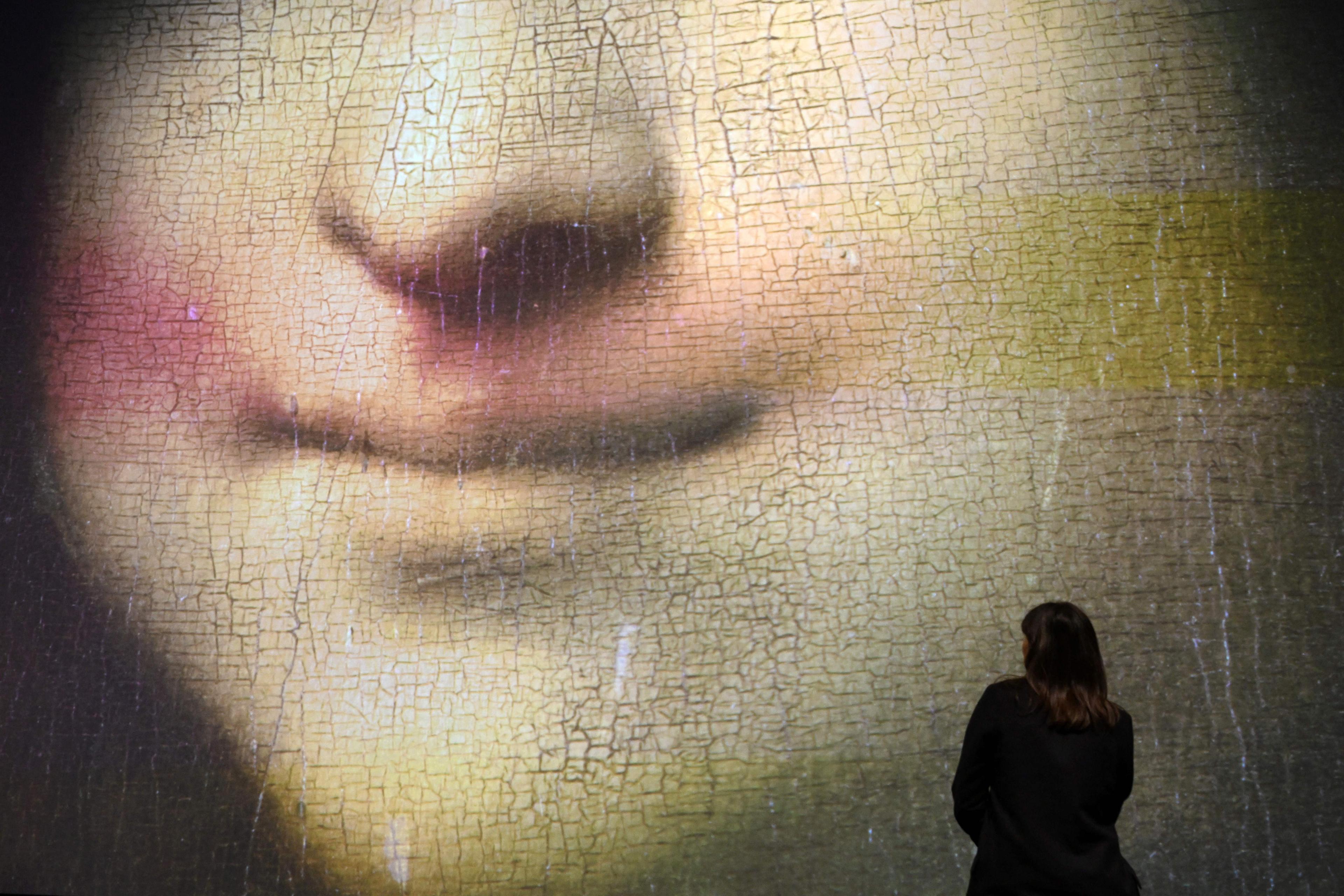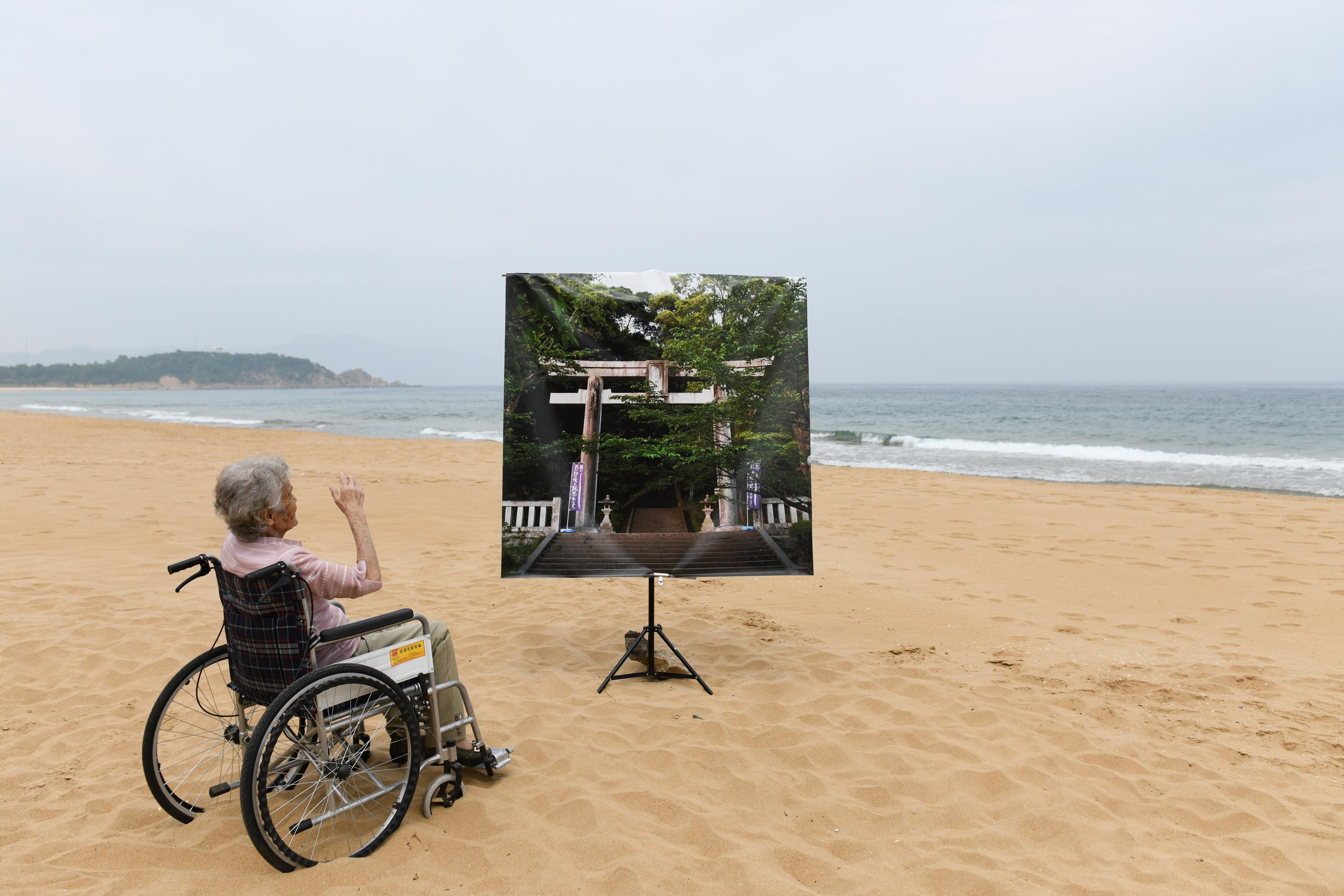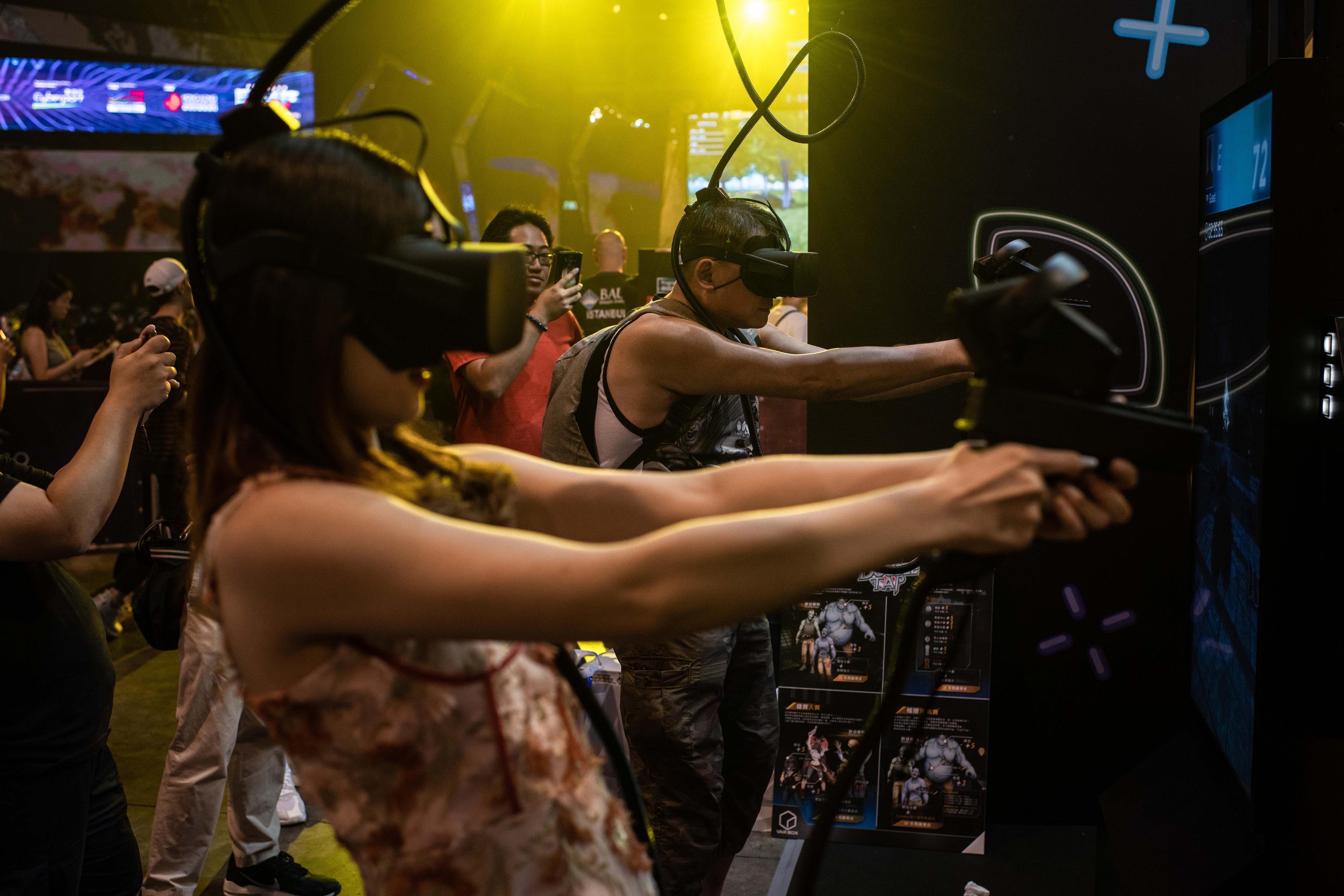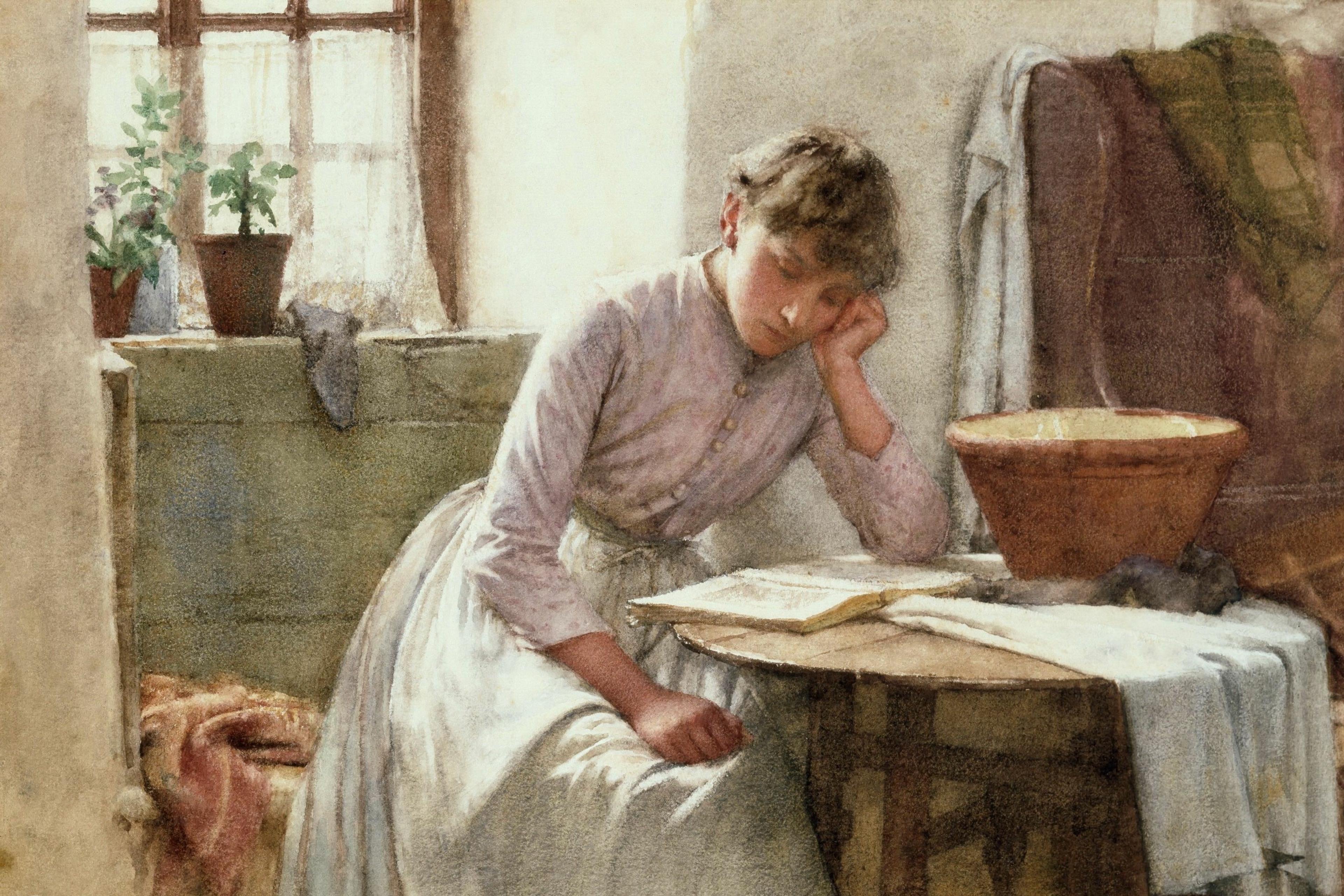This is a work of fiction. All the names, characters, places and events in this work are either the product of the author’s imagination or used in a fictitious manner. Any resemblance to actual persons, living or dead, or actual events is purely coincidental.
Disclaimers like this at the beginning of a book or a movie reassure us that there is a sharp boundary between the fictional and the real – a distinction we first learned in early childhood. Back then, we were taught that witches fly on broomsticks and that dragons spit fire, but also that they may do so only in our imagination. In other words, if we are to get by in the real world, our fantasies must not spill over and contaminate our beliefs concerning reality. It is not only our parents who taught us these lessons. Starting in the late 1980s, many psychologists and philosophers – such as Alan Leslie, Josef Perner, and Shaun Nichols and Stephen Stich – have argued that our imaginings take place in some sort of quarantine. Nowadays, this view is widely accepted in the field.
Although this idea sounds plausible in theory, in practice things are much more complicated. After all, if fiction and reality were sealed off from one another, governments would not ban movies or books, and concerned citizens would not worry about the negative influence of video games or song lyrics on children and young people. Rather than appealing to quarantine, we believe there’s a need for a better metaphorical framework – one that acknowledges the potentially manipulative power of fiction. We suggest that fiction and reality interact through some sort of trade exchange with all its dark sides and complexities. Some transactions occur in the light of day, while others happen under the table – we unconsciously import beliefs, desires and biases into fiction, and we unconsciously export ideas, worldviews and perspectives from fiction back into the real world.
According to the US philosopher Kendall Walton, as we become absorbed by fictional works, we come to play along with the game of make-believe devised by the authors: they prescribe what we have to believe to be true-in-the-fiction. However, our imagination is not entirely controlled by the authors and their choices. Even the most detailed descriptions of fictional scenarios leave some blank spots that readers fill in, often relying on their real-world beliefs and assumptions. Readers, thus, routinely import beliefs into fictional scenarios. For instance, we imagine that Sherlock Holmes has a heart pumping blood through his veins, even though Arthur Conan Doyle never explicitly said so.
In his book Mimesis as Make-Believe (1990), Walton explains this import mechanism through two core principles. What he calls the ‘Reality Principle’ suggests that, when fictional worlds are sufficiently similar to the real one, we make inferences on the basis of our worldly beliefs. Think of the short story Neighbors (1971) by Raymond Carver, where the protagonists are supposed to take care of their neighbours’ house while the latter are on vacation. Instead, after snooping around the house and leaving a mess behind them, they accidentally lock themselves out and are unable to tidy up. The story ends abruptly right before the neighbours return, leaving readers to wonder what might happen next. Although Carver does not explicitly tell us about the upcoming fight, we can easily imagine such a conclusion because it is exactly what would happen if these events unfolded in reality.
We can find similar import mechanisms at work in video games. Think about graphic adventure games, where players have an active role in the unfolding of the fictional story and make decisions on behalf of the characters. For instance, the choices we make while playing the game Detroit: Become Human (2018) are guided by our worldly expectations and knowledge. If we choose not to give a bus ticket back to its owner – and instead keep it to ourselves to pass the strict border control – we know that we are doing something wrong because we import moral standards held outside of the game.
In other cases, import is guided by what Walton calls the ‘Mutual Belief Principle’. This is especially relevant when we engage with works of fiction that have been produced in different periods or cultures, or by authors who have a very different background from our own. If we read a story that was written in a time when people believed that the Earth was flat, we would not import our actual beliefs, but rather the ones that we take to be compatible with such a perspective. After all, as Walton put it: ‘Our superior geographical knowledge need not ruin the excitement for us.’
Philosophers have usually focused on import mechanisms, but the exchange between reality and fiction is unlikely to be a one-way street. As Oscar Wilde wrote in his essay ‘The Decay of Lying’ (1889): ‘Life imitates Art far more than Art imitates Life.’ This prompts us to expand the trade metaphor beyond the idea of import, and to pay attention also to export – the ways in which fictional content spills over to reality.
Export is commonplace in our engagement with fiction, although we are not always conscious of it. Think about the way in which people of all ages are subtly – or not so subtly – influenced by fictional characters. Children dress up as superheroes or monsters, and play with each other quoting lines and jokes variously drawn from fictional works. Adults, too, wear fiction-inspired fashion, with companies such as Nike releasing products modelled on iconic movies, including Back to the Future Part II (1989), making it possible to wear signature shoes from the movie in real life. This phenomenon is not new; back in 1775, when the city of Leipzig banned Johann Wolfgang von Goethe’s novel The Sorrows of Young Werther (1774) over fears it might inspire copycat suicides, it also banned the ‘Werther costume’ – yellow trousers, matching waistcoat, blue jacket and dark boots – as the style had quickly become fashionable among young people.
Export mechanisms go far beyond individual idiosyncrasies and marketing choices. What we see in the fictional world may come to influence our motivations, preferences and actions. The Italian journalist Roberto Saviano poignantly describes one of these cases in his bestselling book Gomorrah (2006), when reporting about the criminal boss Walter Schiavone, who built his villa as the exact copy of Tony Montana’s mansion in Brian de Palma’s movie Scarface (1983). Export from fiction may also be employed more constructively, as when symbols or slogans arising from artworks find their way into political arenas. Consider the Handmaid’s Tale-inspired protests all over the world, where pro-choice activists have showed up in scarlet cloaks and white bonnets to create a connection between the dystopian society described by Margaret Atwood, in her 1985 novel, and the present-day, real-world legislations aimed at restricting reproductive rights.
So far, we have described an explicit trade exchange between fictional worlds and reality that is mostly controlled, and subject to our conscious choices. This is possible thanks to school and other educational settings where we acquire a degree of literacy and the ability to imagine. We learn to appreciate the aesthetic and cultural value of fiction, as well as to gain new insights from it. In effect, this training shows us how to get through customs – how to monitor the entry and exit points where real and fictional content interact with one another.
But, of course, a good deal of trade exchange never passes through customs, instead finding its own unofficial ways to get in or out of a country. The same holds for our engagement with fiction. The official routes constitute but the tip of the iceberg.
Extending our trade metaphor, we think of this hidden trade between fiction and reality in terms of smuggling. This is consistent with the theorising of those – such as the US philosopher Tamar Gendler – who have described ‘imaginative contagion’, whereby the contents of our imagination can spill over and contaminate our worldly beliefs, often without us noticing it. Works of fiction seem particularly powerful in this respect, potentially affecting our worldview in ways that are not subject to conscious deliberation. They invite us to imagine vividly and in great detail scenarios, patterns of behaviour or the perspectives of others. The very fact that we play along with these games of make-believe is likely to have lingering side effects, of which we hardly become aware. A fictional depiction of racist behaviour in sympathetic or aestheticising ways, for example, could subtly change the views of some readers.
This is also the case in situations where fictional works subtly reinforce our existing biases. Take the movie representation of characters of different genders, where women have traditionally been confined to stereotypical roles exhibiting a limited range of personality traits. In a recent paper, the Mexican philosopher Adriana Clavel-Vázquez describes our reluctance to engage with ‘rough heroines’ – that is, morally flawed female characters – in these terms. In fictional worlds, we side with morally flawed characters quite unproblematically, but only as long as men portray them. In this case, the smuggling operation is quite elaborate. On the side of import, our unconscious bias to stereotype women as less morally transgressive than men makes it less likely for the audience to align with rough heroines in works of fiction. At the same time, this bias is strengthened through unconscious export mechanisms because fictional worlds represent rough heroes as men more frequently than as women.
In fiction, as in real life, smuggling needn’t always be negative. It is a dangerous activity that prevents officials from monitoring the entry of forbidden goods, but it also increases the volume of exchange and expands the availability of goods that cannot be officially imported. What makes a difference is the kind of goods that get smuggled in and out, as well as how they are used on the other side of the border. That’s why shutting down the borders completely, for example via strict censorship, is not the best solution. Censoring works of art or restricting access to them risks also sealing off the valuable insights that these works can offer.
Instead, by being responsible and attentive consumers of fiction, including outside of institutional and educational settings, we might mitigate the potentially negative effects of smuggling, and use it to our advantage. A greater awareness of this mechanism could foster our moral and political skills, broaden our cognitive horizons, and increase our responsiveness to a wider range of experiences. A more diverse range of role models could inspire us to embrace new perspectives and to engage with worldviews that might initially be very different from our own.
Politically engaged artists are already exploiting these possibilities. For instance, a distinguishing feature of Spike Lee’s fictional worlds consists in exploiting familiar genres and tropes – the Vietnam war movie, the romantic comedy, the hostage situation – while at the same time deconstructing those very experiences by placing African American characters front and centre. As a consequence, the viewer is more or less explicitly encouraged to experience familiar situations from a radically different perspective.
What our discussion of the trade metaphor has shown is that imagination is not a separate and safe playground, where we can freely explore all kinds of scenarios without having to worry about them having an impact on our worldly beliefs or activities. Getting to know more about the dynamics and mechanisms involved in these complex import and export processes constitutes an epistemically valuable enterprise – in the future, when we engage with fiction, we will be better equipped to reap the benefits, and protect ourselves from potential harm.
The authors collaborate on a project that explores imagination’s role in art and the sciences. In a forthcoming article, they further examine the permeability of the border between fiction and reality.








